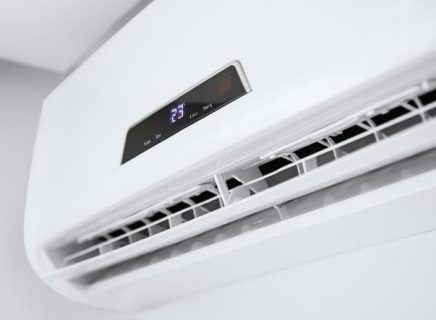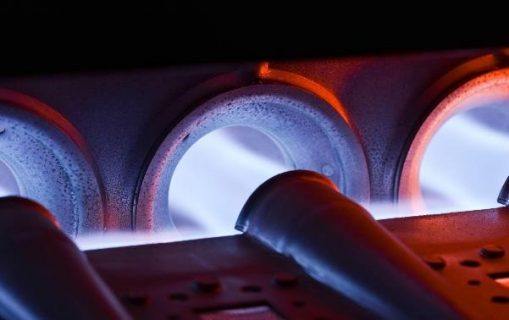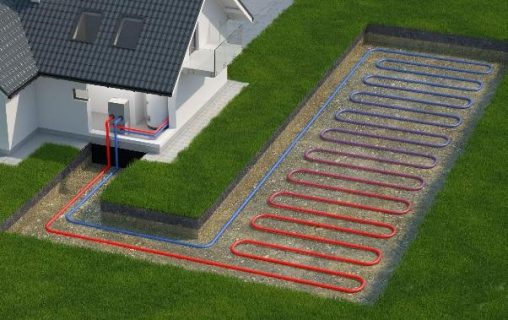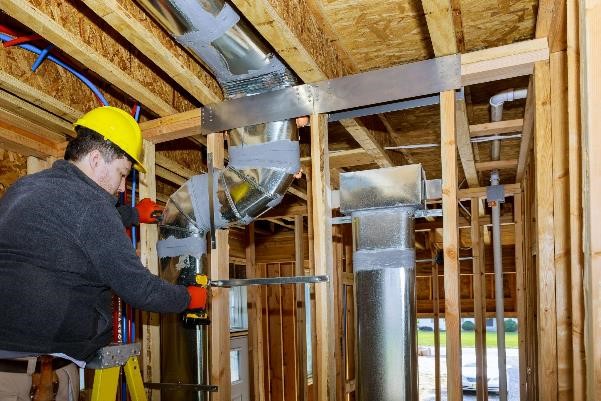If you’ve started building your dream home, chances are you’re over the moon with excitement. You must have thought about the paint, furniture, curtains, and more a thousand times.
However, there are few things as important as the HVAC system you choose. Should you go for a furnace-air conditioner combo? Or a heat pump that can both heat and cool with ease? Should you go for a ductless cooling and heating system to increase savings? Or a central air conditioner to cool the entire house?
With so many options available, choosing HVAC systems for new home construction is daunting. To help you out, we have prepared this guide to help you make the best possible decision for your home.
Best HVAC for New Construction?
While buying pre-built houses is appealing, there are some advantages to opting for new home construction and hvac systems. New construction is becoming increasingly popular because it offers full customization. Homeowners decide everything, from the quality of bricks to the number of washrooms. Choosing the HVAC system is also up to you. From ductless systems to geothermal units, there are plenty of options available out there. Let’s look at them in detail!
1. Ductless Heating & Cooling Systems

If you’re constructing a new home and don’t want to incur the added expense of installing ducts as part of your hvac system, you can consider ductless units such as mini-split, window, or portable systems.
Ductless air conditioners are smaller in size than ducted air conditioners, and you can even install them on your own. Moreover, they are also more energy efficient as you are getting conditioned air directly from the unit, instead of lengthy ducts. Ductwork losses account for approximately 30% of energy consumption.
To make your ductless units smart and fully automate your home climate, you can pair them with smart AC controllers. These smart devices allow you to control your AC from your phone and offer advanced features such as geofencing, smart scheduling, and a lot more.
2. Central Air Conditioners
If you think installing a separate ductless unit in each room won’t work for yourhome, you can opt for a central air conditioner.
Central air conditioners supply cool air to your house through a system of vents and ducts. The supply ducts carry the cooled air from the central unit to the rooms in your house, and the return ducts draw the warm air back to the central unit to be cooled again.
These types of air conditioners are considered the most effective type of air conditioners for cooling entire homes. Like any other air conditioner, they require regular maintenance for optimal performance, such as cleaning air filters and AC coils.
3. Furnaces

Furnaces are one of the most popular heating choices out there. Furnaces use propane or natural gas to generate heat inside the heat exchanger. When air passes over the heat exchanger, it is warmed. The blower then sends the hot air to the ducts, distributing it throughout the house.
If you’re considering buying a furnace, look at the annual fuel utilization efficiency (AFUE). The AFUE measures how efficiently the furnace converts energy from fuel to heat. Newer, more efficient units can have an AFUE as high as 90% to 98.5%.
Furnaces come with their own set of risks and require high maintenance. Here are six furnace mistakes you should avoid.
4. Heat Pumps
Heat pumps use electricity to heat or cool your home. One of the main advantages of heat pumps is that they are a 2-in-1 deal. Rather than using an air conditioner in summers and a furnace in winters, you can use a heat pump for both seasons.
They heat or cool your house by transferring heat between your home and the outside environment. A heat pump can reduce electricity usage for heating by approximately 50% compared to a traditional heating system such as a furnace.
5. Geothermal Heat Pumps

Heat pumps are an attractive choice for homeowners. However, they have one major drawback – they are not suitable for extreme climates. Geothermal heat pumps get rid of this drawback. They use a network of underground water-filled pipes to supply cool or hot air to your home.
Since the temperature underground is more or less constant all year round, geothermal heat pumps are a good option for all sorts of weather conditions. To install a geothermal heat pump, contractors dig tunnels in your yard to install the pipes. Thus, the best time to install this unit is while your house is under construction because you won’t have to destroy or damage the existing structure.
In Conclusion
When building a new home, one of the most important decisions you will make is what type of HVAC system to install. There are many different types available in the market, each with its own advantages and disadvantages. Central systems offer whole-house cooling, while ductless units are preferable for individual rooms or zones. If you want to use a single system to provide both cooling and heating, then opt for heat pumps. Going for a geothermal would make more sense if you live in an extreme climate area.
So, now that you know all about HVAC systems for new home construction, you can make a smart decision and choose the unit that is best for you!

